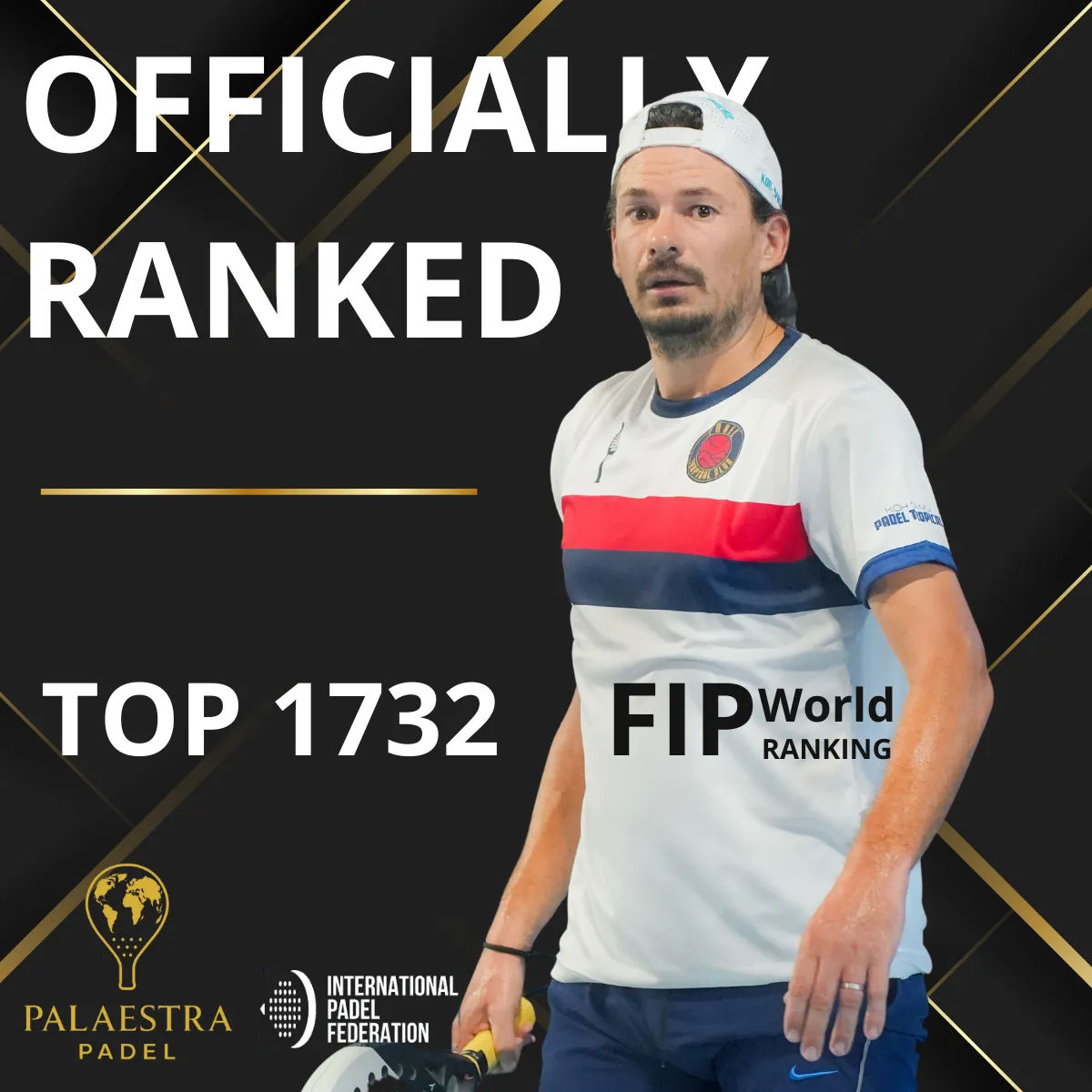Some people buy a sports car when they hit 40.
I’ve always done it differently. At 35, my “crisis” was launching my first company.
At 37, I climbed Mont Blanc.
At 38, I ran a marathon in under four hours.And at 41, when I moved to Thailand, I decided on my next crazy mission: to become a ranked padel player.
The First Time on a Thai Padel Court
It was hot. The kind of sticky, humid heat you only know if you’ve spent time in Southeast Asia. I walked onto the court with borrowed shoes, a borrowed racket, and the naive confidence of someone who thought, “How hard can this be?”Five minutes later, the ball hit the glass wall behind me, bounced back, and I swung at it like a tennis player. Completely wrong. Completely ridiculous. My opponent didn’t even try to hide his laughter.That was my introduction to padel. Humbling, frustrating, but strangely addictive.

I had a background in tennis, which I thought would help. And it did—sometimes. My reflexes, my timing, my footwork—all of that carried over. But just as often, it held me back.
In tennis, you crush the ball. In padel, you tame it.
In tennis, you dominate. In padel, you cooperate—with your partner, with the walls, even with your mistakes.
I realized very quickly: I wasn’t starting as an athlete, I was starting as a beginner.
Padel is unique. It’s a sport, yes, but it’s also a community.
Every time I played, I met new people. Locals, expats, tourists—it didn’t matter. Everyone shared the same excitement, the same joy. It wasn’t just about winning or losing. It was about being part of something.
And then there’s the addiction. After every game, no matter how badly I played, I left the court thinking, “Next time, I’ll be better.”
That’s how it gets you. The game gives you just enough hope, just enough progress, to keep you coming back.
Out of this personal mission came something bigger: Palaestra.
Not just a camp. Not just training. A method.
I realized that to progress, I couldn’t just hit more balls. I needed structure, discipline, and balance—on and off the court.
So I built my own system, brick by brick:
That’s the heart of the Palaestra Method: you learn as much outside the court as inside.
The same method that helped me reach Top 1800 at 42 is now available to anyone who wants to progress faster and smarter.
👉 Discover the full Palaestra Program
One year later, it worked.
At 42, I broke into the Top 1800 world ranking.
And here’s something important: many people might think I simply played alongside a very strong partner. The truth is, my partner was just like me—he had never played a tournament before, and he’s 50 years old.
What we shared wasn’t experience. It was mindset. The same entrepreneurial spirit that says: with the right method, discipline, and a little luck, everything is possible.
Was it talent? No.
Was it luck? Not only.
It was consistency. It was structure. It was refusing to let age be an excuse.
And most of all—it was fun.
Because yes, we trained hard. But we also laughed, built friendships, and enjoyed every step of the journey.
That’s why we created Palaestra.
It’s not just a camp. It’s a place where anyone—no matter their age, their background, or their starting level—can experience the same transformation.
We train hard.
We learn as much off the court as on it.
And we make sure the journey is enjoyable, surrounded by people who share the same ambition.
Because progress isn’t just about padel.
It’s about challenging yourself, reinventing yourself, and proving—once again—that limits are just the starting line.